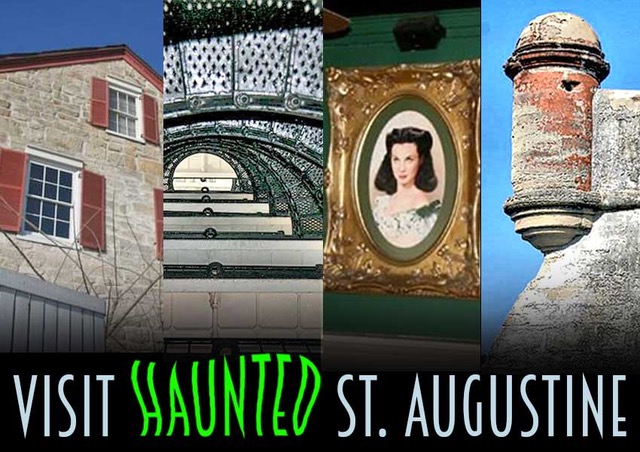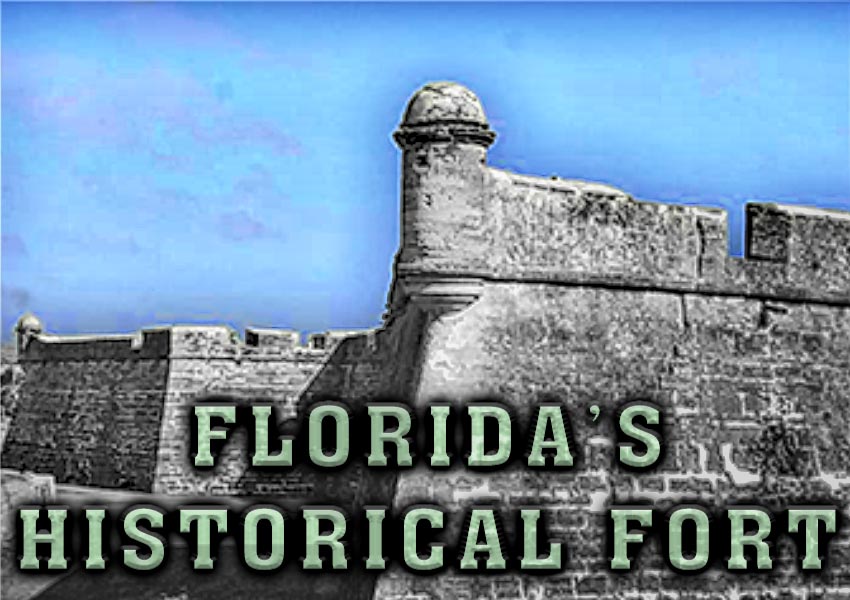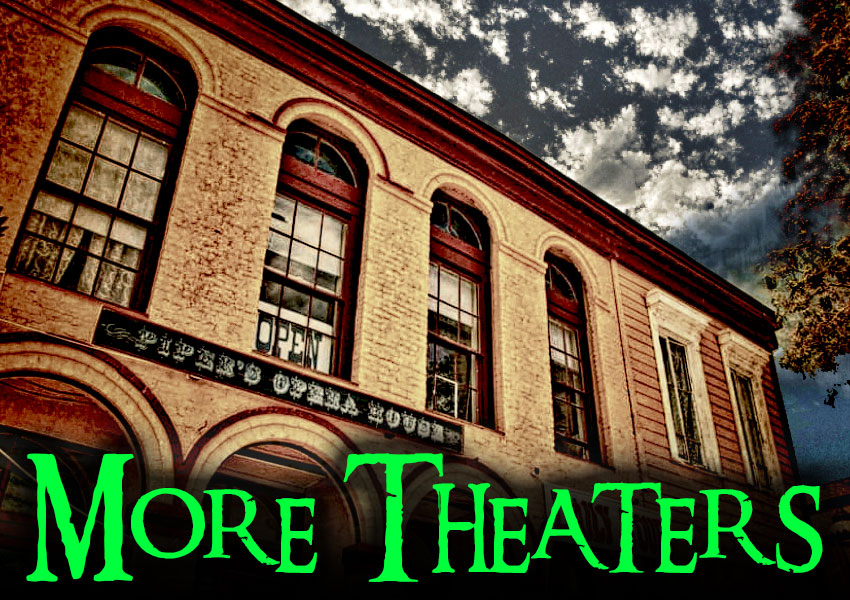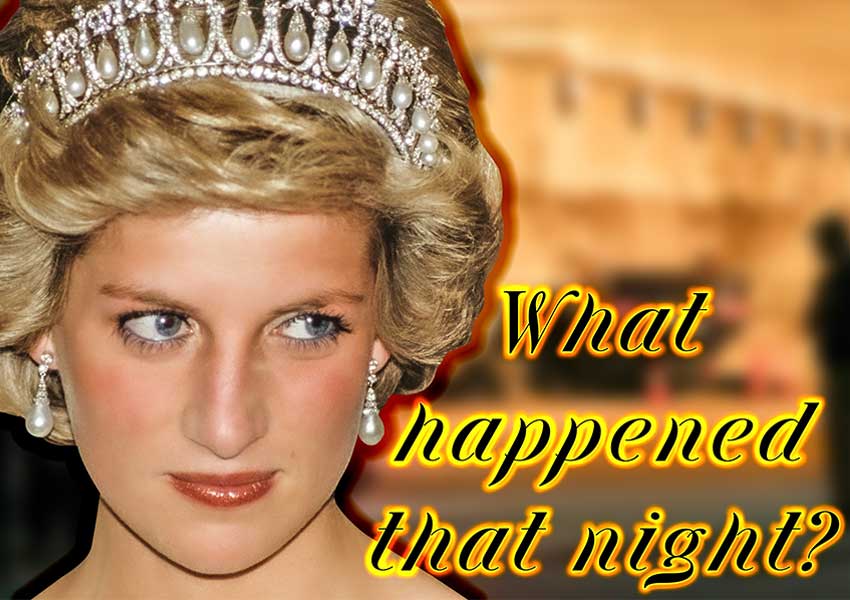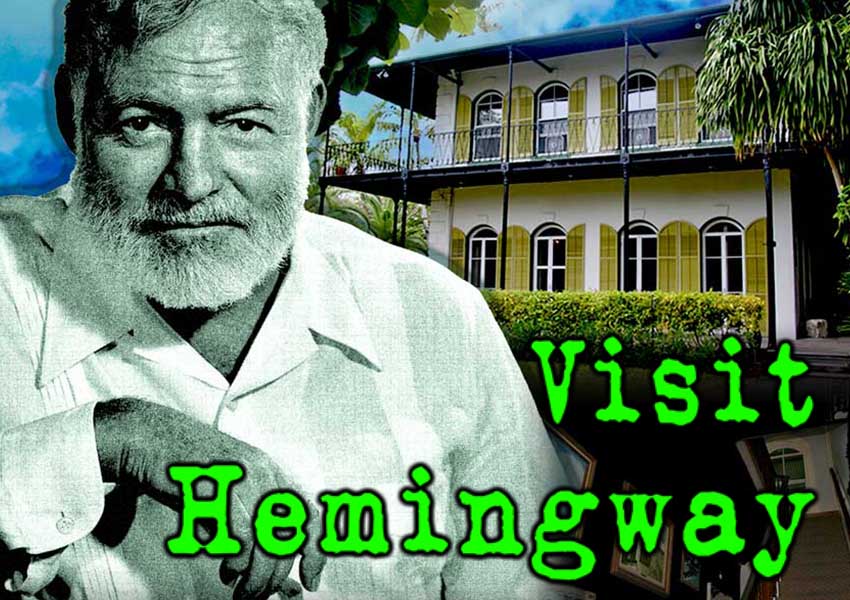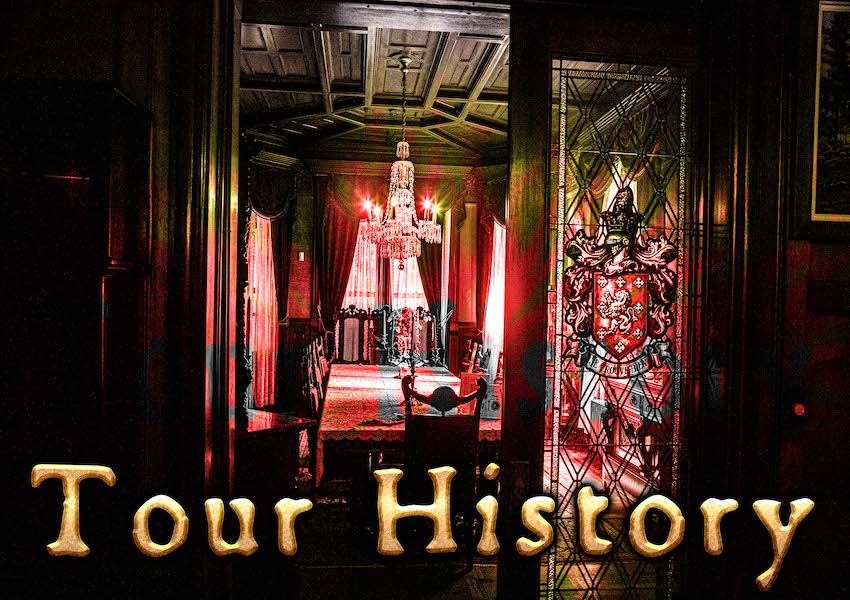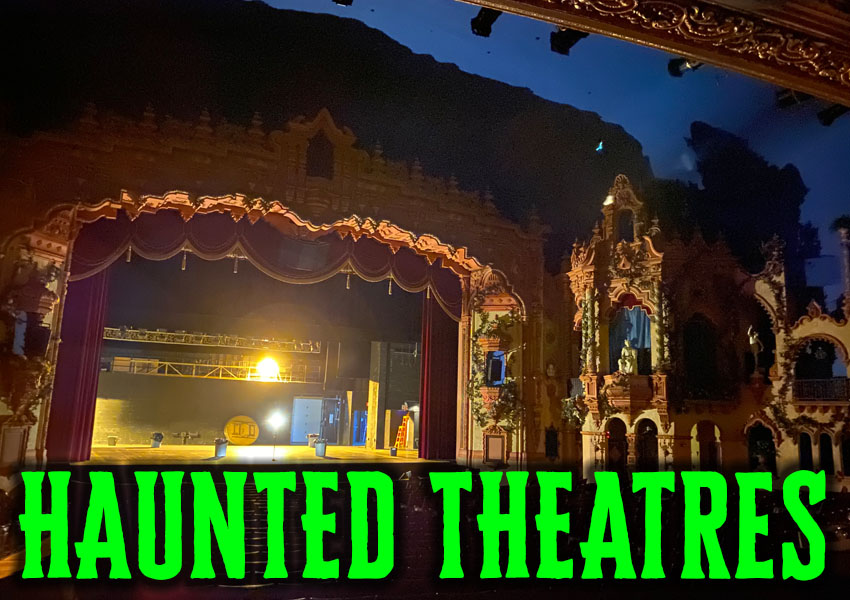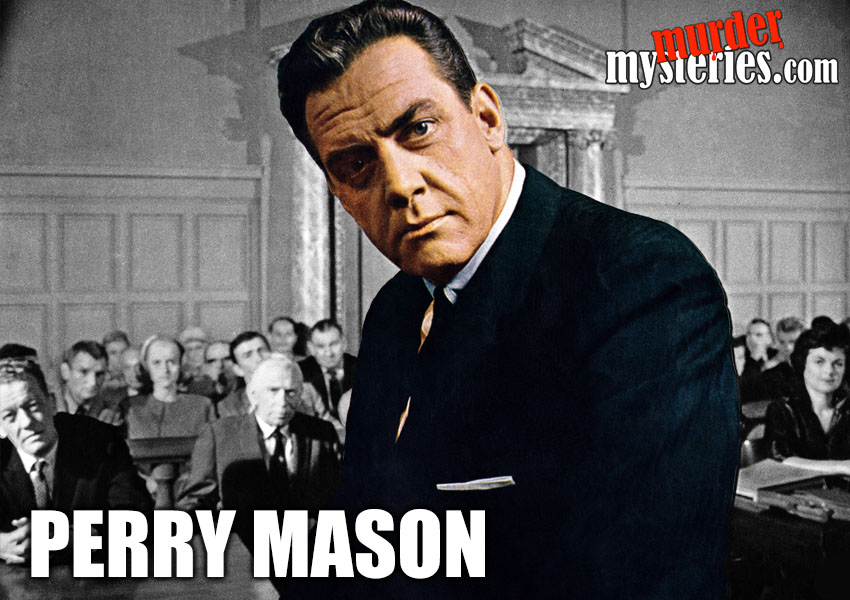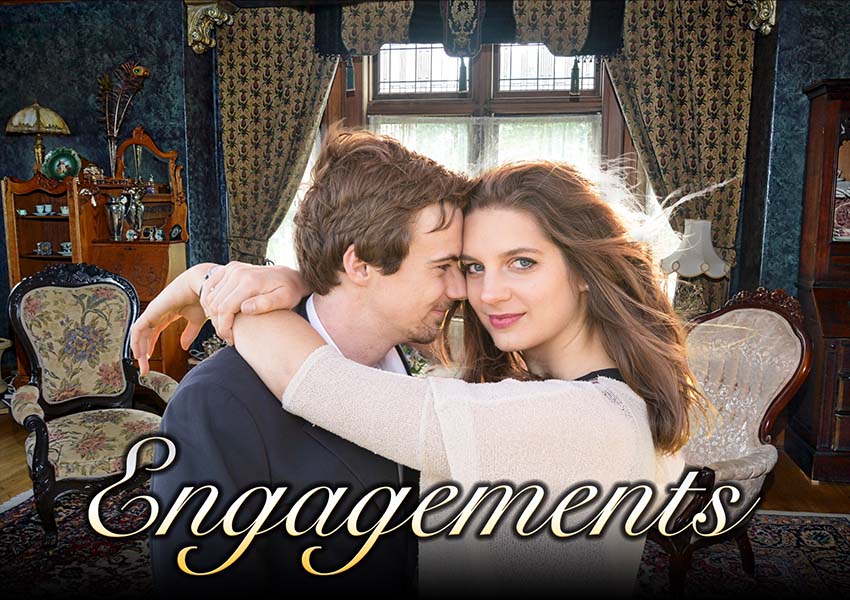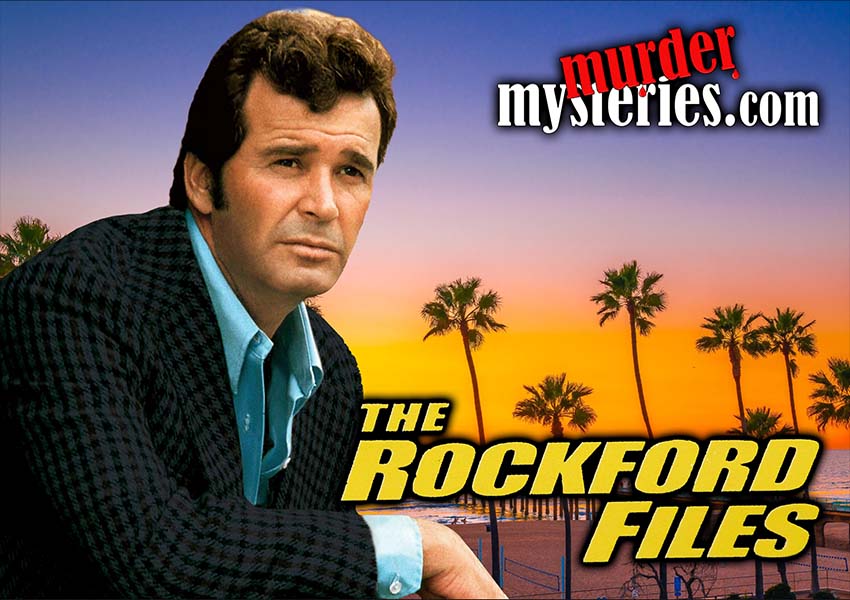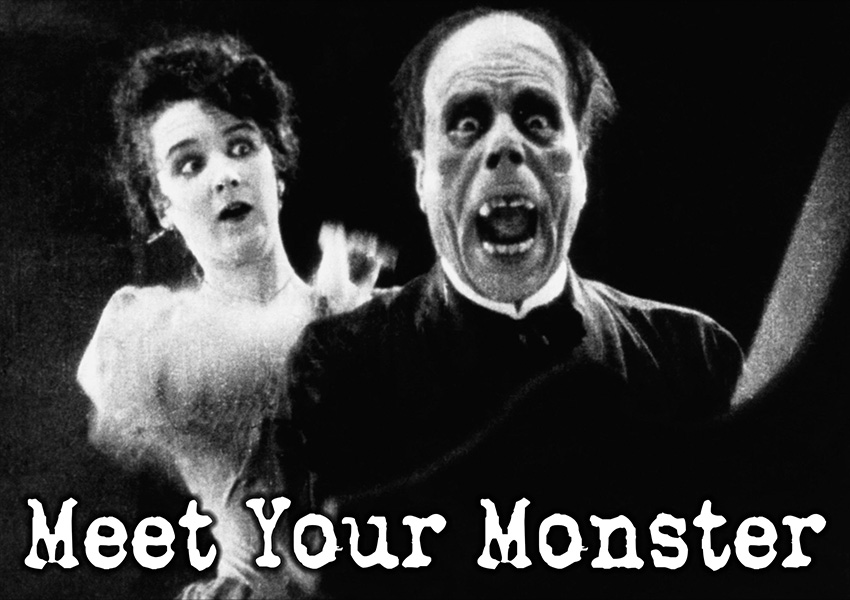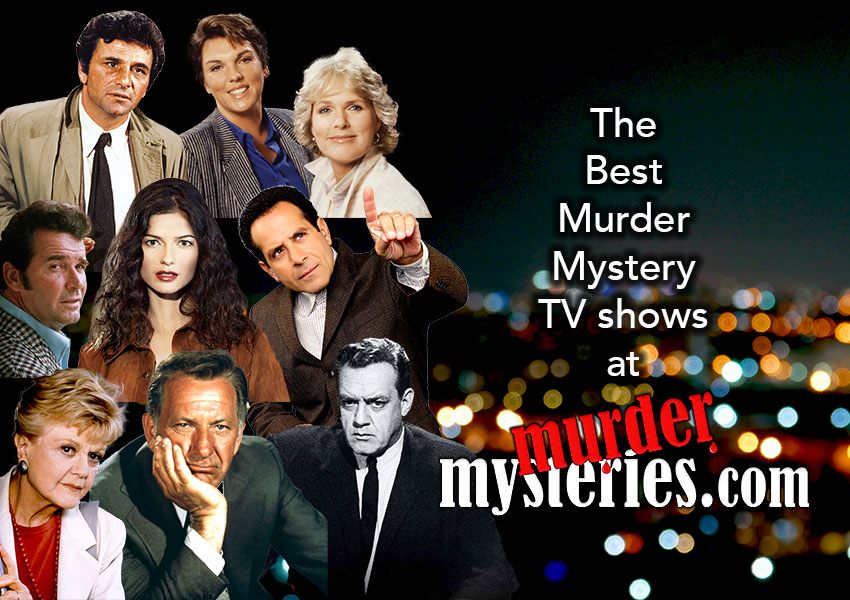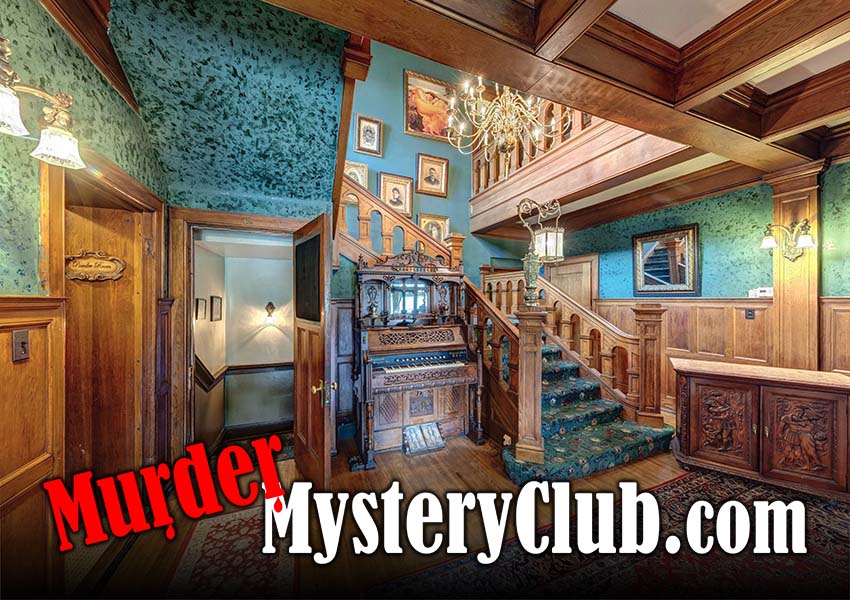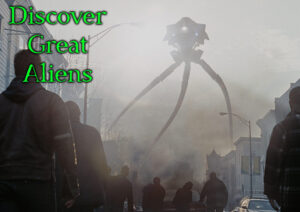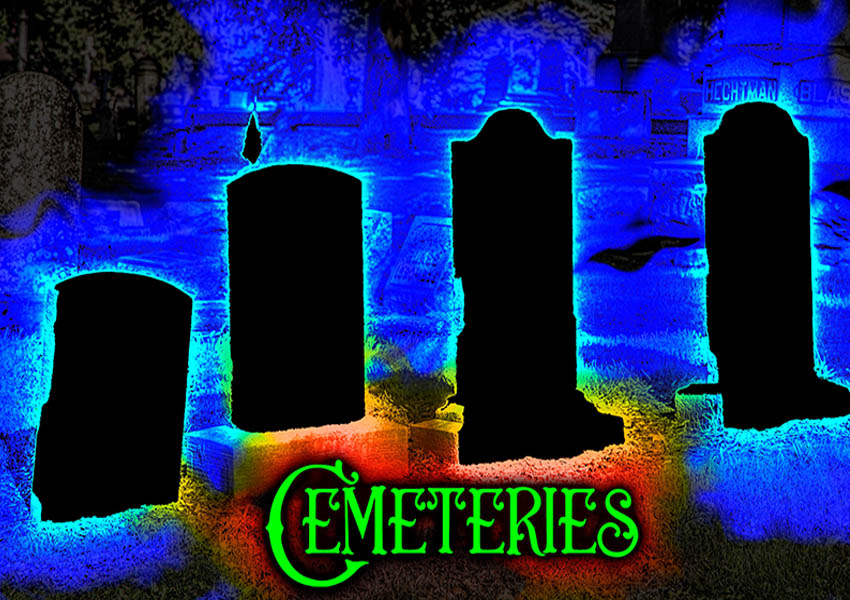Fredericksburg Virginia
Saint George Episcopal Chapel
The Washington family attended here, including George
Washington, his sister Betty, and his mother, Mary.
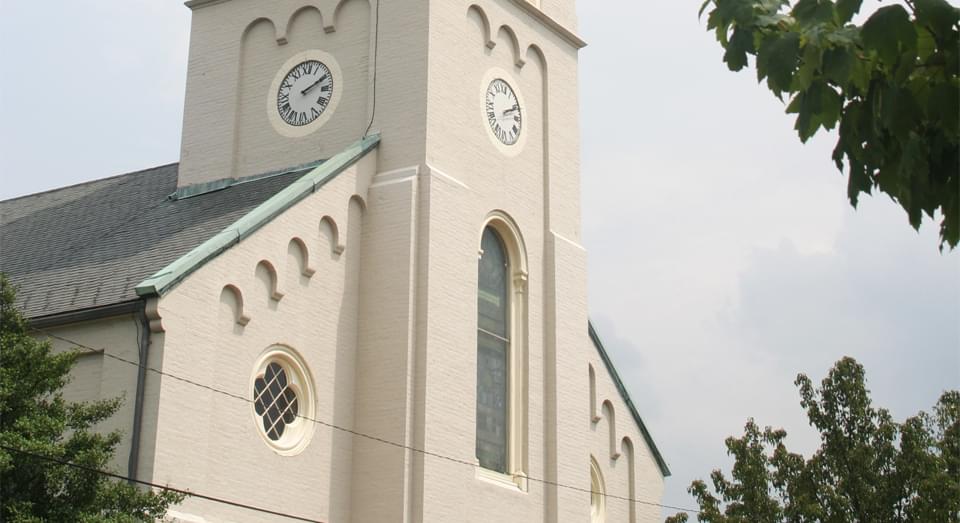
DESCRIPTION
Saint George Episcopal Chapel has three buildings and a cemetery started in 1727. There is the huge 1949 Saint George Episcopal Chapel, the 1823 Chapel, Faulkner Hall, and a 1958 modern classroom, called McGuire Hall that connects Faulkner Hall to Saint George Episcopal Chapel, creating one long wing, perpendicular to the Chapel.
The historic cemetery is smaller than it originally was as Faulkner Hall and McGuire Hall were built over some graves. The remaining cemetery is surrounded by an iron gate, and still has all of its marble and granite grave markers “that are illustrative of funerary art from the mid- 18th century to the late 19th century.”
Saint George Episcopal Chapel Mission Statement:
Our mission is to cultivate and spread God’s Word in Christ through faith by honoring the dignity and gifts of the individual, providing opportunities for spiritual growth and renewal, and embracing the diversity of community.
Saint George Episcopal Chapel is described as being “a two-story, three-bay, brick, Early Romanesque Revival ecclesiastic building; a large, beautiful structure with a distinctive tower, that has always had a vibrant church family that lived out their faith in service to the Lord.
Saint George Chapel is a Metropolitan church family, who have stayed vibrant and active.
“St. George’s is a historic downtown church whose congregation of 1000+ members live in neighborhoods all over the greater Fredericksburg, VA area. We are a people committed to worshiping God, nurturing Christian community, and proclaiming the Gospel by working for justice and peace in the world. St. George’s is known in the broader community for superb music, broad educational programming for all ages, and outreach ministries to the city and beyond.
Since 1727, this property, located in the center of Fredericksburg next to city government and the historic market square, has been zoned for “church”, and has had three different structures of the same church home for the Episcopal Church.
A second church on this property was built in 1823, now known as Faulkner Hall; described as being very austere and simple.
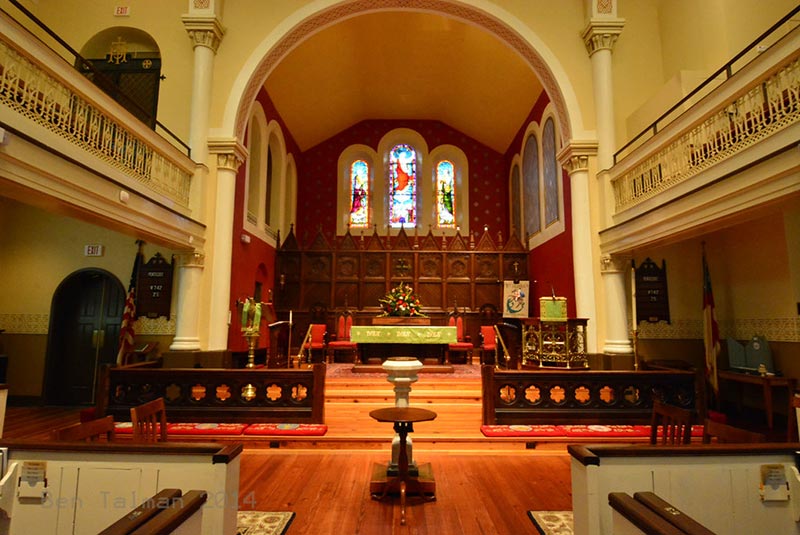 This particular structure for the Saint George Episcopal Chapel was built in 1849, the third church building to be built on this property. It has a Basilica floor plan on a raised basement. What is unique about it is that it is the only example of Early Romanesque Revival style done by architect Robert Cry Long Jr., a well-known and popular Baltimore architect, known for his Gothic Revivial and Classical Revival styles of building design; making his mark in Virginia and Maryland. Shortly before he died, he built Saint George Episcopal Chapel in the style he recently adopted; the Romanesque, Revival style.
This particular structure for the Saint George Episcopal Chapel was built in 1849, the third church building to be built on this property. It has a Basilica floor plan on a raised basement. What is unique about it is that it is the only example of Early Romanesque Revival style done by architect Robert Cry Long Jr., a well-known and popular Baltimore architect, known for his Gothic Revivial and Classical Revival styles of building design; making his mark in Virginia and Maryland. Shortly before he died, he built Saint George Episcopal Chapel in the style he recently adopted; the Romanesque, Revival style.
Saint George Episcopal Chapel has long been a beloved landmark at the center of town, known for its tall, 168 ft. steeple, which holds the town clock that has operated consistently since 1851. It’s educational hall/informal service area was added as a wing, perhaps covering up some graves, as the cemetery was on the entire left side of the Chapel structure.
Besides being a prime example of the Early Romanesque Revival style in Fredericksburg, it is also recognized for this historical importance “to Fredericksburg’s early development and contributions to educational opportunities.”
The inside of Saint George Episcopal Chapel is truly inspirational for worshipping God. Early Romanesque Revival Style is truly one of my favorite forms of architecture. It is beautiful, airy, majestic with stain glass windows, a large organ in the back balcony and a glorious altar in the front.
The balcony extends as a second level of the sanctuary by extending down the sides of the Chapel as well in the back with the organ.

HISTORY
Since 1727, this property located in the center of Fredericksburg was zoned for a Chapel and cemetery.
During the 1730s, the original Episcopal Chapel that stood here, called Rappahannock Episcopal Chapel was off to a popular start; being the first church to be built in Fredericksburg, VA. The Washington family attended here, including George Washington, his sister Betty, and his mother, Mary. Col Fielding Lewis and his family also were members here. He and his wife Betty, George Washington’s sister are buried here.
During the Revolutionary War, there may have been conflicts between the Loyalists and the Patriots who were members. Most of the Episcopal priests in the colonies were from Great Britain, and walked the fine line between supporting the King, and ministering in the name of the Lord to all people; despite their political beliefs. The public on the Patriot side could get ugly. (Glebe House – CT).
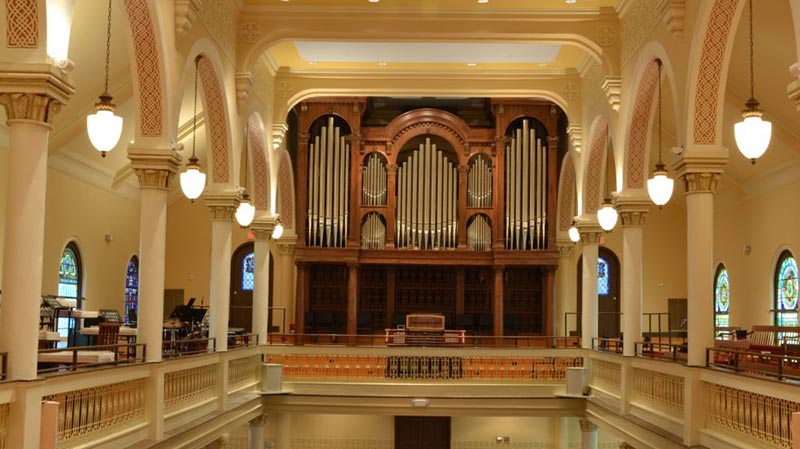 However members who were Patriots simply stopped coming, and this church was abandoned during and after the end of the Revolutionary War, but not for long. There was a spiritual revival in Fredericksburg in 1813, and a new chapel was built, called Saint George Episcopal Chapel probably because it’s cross street was called St. George.
However members who were Patriots simply stopped coming, and this church was abandoned during and after the end of the Revolutionary War, but not for long. There was a spiritual revival in Fredericksburg in 1813, and a new chapel was built, called Saint George Episcopal Chapel probably because it’s cross street was called St. George.
Architect Robert Cary Long, Jr. was a renowned Baltimore architect known for his Gothic Revival and Classical Revival buildings throughout Virginia and Maryland. By the late 1840s, shortly before his death, he began adopting the Romanesque Revival style, with St. George’s Episcopal Church being the only such example in Virginia.
It soon started its 300 year old loving and caring mission to those in need, while also feeding their souls.
Realizing that poor children who couldn’t afford private school were being neglected, Saint George Episcopal Chapel stepped in and operated their own school; accepting both slave and free children into their classes. The basics were taught in reading and math; giving them the tools to start a climb out of poverty some day. Despite the Civil War, their school remained open and continued until 1870, when public school for all was established by the City of Fredericksburg. However, Sunday School continued, and children were encouraged to practice their reading and writing of scripture.
During the Civil War, a spiritual revival bloomed in Virginia; especially among the Confederate soldiers. Those who were stationed in Fredericksburg came every Sunday. Apparently a boatload of folks were getting their needs met; physically, emotionally and spiritually.
The Saint George Episcopal Church helped those in need, offering a safe place to stay for frightened folks. When the Civil War came to Fredericksburg twice, Their hall that is perpendicular to the main church and connected like a wing, was set up with a place for surgeons to operate on the wounded and also a recovery room for soldiers and townsfolk as well. When Fredericksburg was finally overrun by the Union forces during the War of the Wilderness, the structure was damaged by cannon balls that generally have been known to kill people and blow up structures. Despite the damage, the steeple still stood tall. There was multiple holes in the steeple alone, but the clock still worked great, and is working still today.
After the Civil War ended, repairs were made, and Saint George continued on, meeting the challenges presented in their community and abroad as well. Throughout the eras, the congregations of Saint George Episcopal Church has developed educational programs, developed a fabulous music ministry, and found ways to offer a hand up as well as fulfilling needs of the poor here and around the world.
“For almost 300 years, St. George’s has endeavored to be a faithful witness to the unfailing love of God in the greater Fredericksburg area. St. George’s is a place where inclusion is expected, where people of all backgrounds are welcomed, and where we continually live into the challenge of expanding our capacity for diverse and dynamic celebrations of God’s inclusive love.”

HISTORY OF MANIFESTATIONS
People who were devout, in service to the Lord and others; praying for others or situations, and or brought their troubles in prayer to a church while alive, sometimes continue to do so as spirits.
Saint George Chapel has been a place of comfort, refuge and hope for the living, and for spirit-people as well.
The wife of Col. Fielding Lewis, Betty, is a visitor, with a purpose in mind.
MANIFESTATIONS
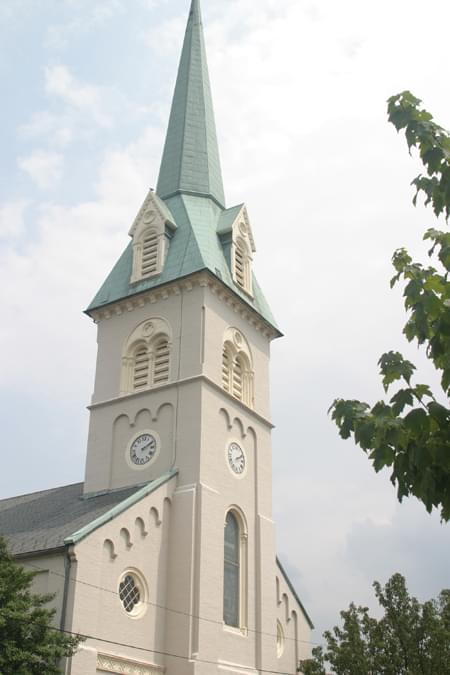
Female Spirit (thought to be Betty Lewis)
This spirit wears a white or a dark dress; face covered with a veil.
Appeared as a solid form in the church looking like a living person. The first time was in 1858, before a choir practice.
In 1858, A choir member and others in the group were looking for lamps to light the church for their upcoming choir practice.
One young 25 year old woman went up to the choir loft to check out the only lighted lamp. From the light of the lamp she saw:
A woman who was dressed in white wearing a veil, kneeling in prayer in the church vestibule, looking like a real person. After finishing with her prayers, she stood up, and looked directly at the choir woman in the loft.
Her face clearly showed her distress and that she was troubled. Then this spirit disappeared in a flash, after the choir member called out to her with concern.
Some think she was praying for her husband, Col. Fielding Lewis; a restless spirit who haunts their Kenmore Mansion home; still worrying about finances.
STILL HAUNTED?
Hard to say, but she probably still visits to pray for her husband, Col. Fielding Lewis when no one living is around. She has two other places to visit in this world as well: her mother’s house; Mary Washington home, and Kenmore Mansion. Family members in spirit form can come and visit their loved ones who stay in this world for a variety of reasons.
No paranormal investigators have been allowed to investigate, as they know this spirit was once a living church family member, who needs to pray.
Spirits of folks who were buried in the ground where the wing was added, may join her, though no one living has seen them, and they haven’t made themselves known. Spirits can become restless and upset when structures are built on top of their graves.
They all must get some peace from all the positive results that have been made here by the efforts of the Saint George Congregations throughout its long history.
LOCATION
905 Princess Anne Street
Fredericksburg, Virginia 22401
Saint George Episcopal Chapel is located near the corner of Princess Ann Street and Saint George Street, 2 blocks west of the Rappahannock River.
SOURCES INCLUDE
- potomaclocal.com
- www.librarypoint.org
- www.dhr.virginia.gov
Our Haunted Paranormal Stories are Written by Julie Carr
Our Photos are copyrighted by Tom Carr
Visit the memorable… Milwaukee Haunted Hotel

